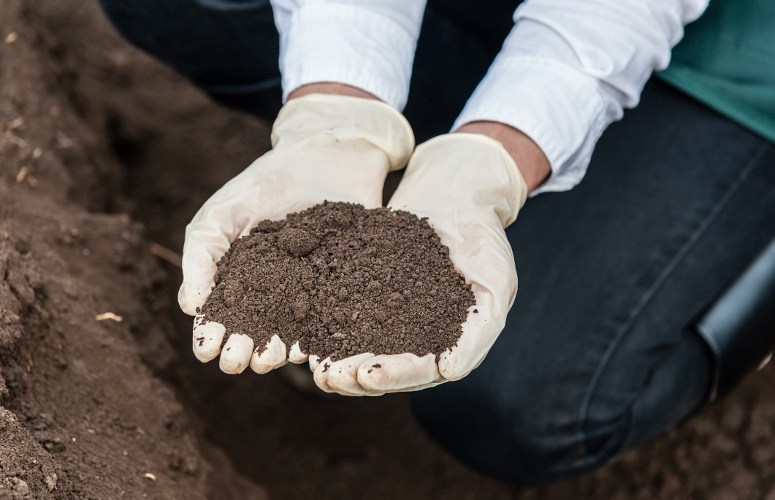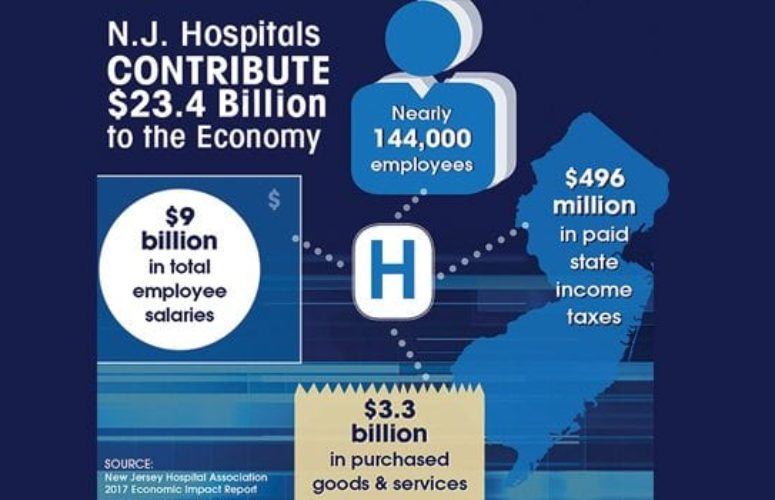
Green Remediation Responds to Climate Change
By Jen Cutright, LSRP, Langan On Mar 24, 2022Increasingly severe storms and associated flooding have shown that land development choices need to consider climate change impacts. As a result, stormwater management, once a reactive solution, requires preemptive development design.
New Jersey’s new stormwater management rules took effect in March 2021 and require the use of green infrastructure best management practices for stormwater management design. These include vegetated swales, bioretention, green roofs, cisterns, wet ponds, infiltration basins, and constructed wetlands.
These features are distributed across the development site, as opposed to one centralized basin, to resemble the natural water cycle. Green infrastructure best practices encourage stormwater infiltration to be treated by vegetation or soil, or to be stored for reuse – all of which decrease pollution and environmental impacts and minimize flooding.
It’s a win-win in addressing climate change.
Fortunately for the business community, these best practices are well tested and utilize readily available resources and technologies. Site remediation projects can also meet these requirements when the design team works hand in hand with the LSRP.
Stormwater management features should be documented in a deed notice, which can work alongside any deed notices documenting environmental-related restrictions.
Communities like Hoboken have been leading the resiliency design efforts ever since Superstorm Sandy. A recent urban redevelopment in Hoboken encountered a common situation – a leaking underground storage tank with historic fill.
Environmental challenges for the Hoboken project included shallow groundwater, settlement due to soft compressible soils, localized flooding, and a very old combined sewer system.
The solution for the remediation and stormwater management was a layered approach:
- Rain gardens at the surface with an underdrain system and liner to address environmental concerns and shallow groundwater.
- Pervious pavers to promote infiltration.
- Underground detention piping to provide rainwater storage and accommodate smaller local flooding events.
Incorporating green infrastructure and climate change considerations into your remediation is the best approach for resiliency.
To access more business news, visit NJB News Now.






